6 Ways To Improve The Drainage System In Your Home
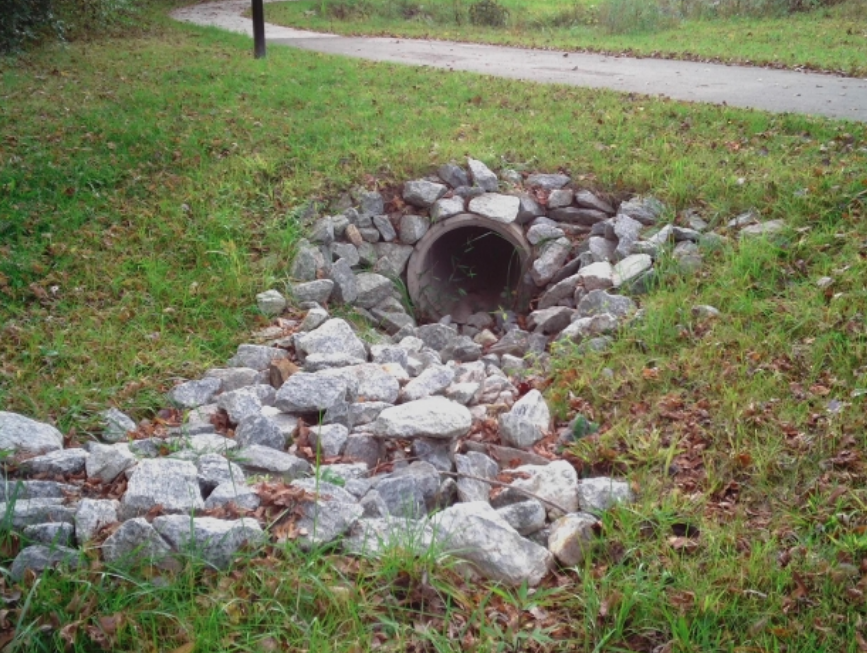
Improving the drainage system in your home is an important part of home maintenance. Keep reading to find out why!
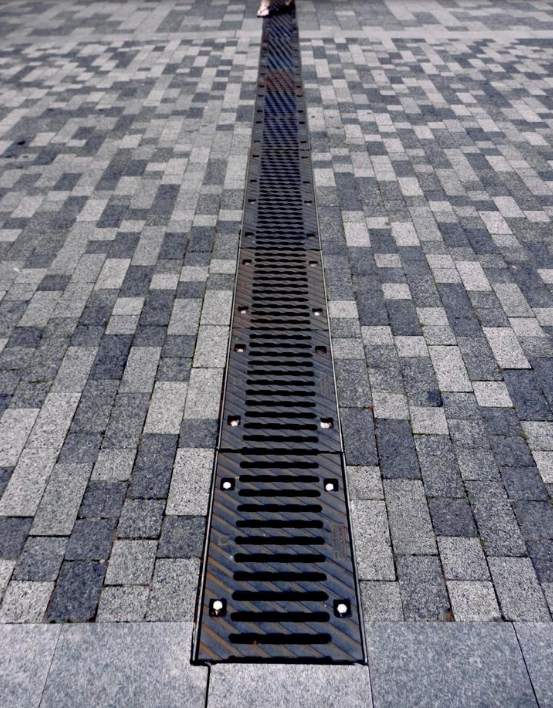 Photos By: Morgue File
Photos By: Morgue File
Puddles and wet spots in your yard are an annoying and unattractive sight. If grass stays underwater for too long, it will die. Wet grass can’t be mowed over, and no one wants muddy footprints to be tracked into their home. If the problem area is too close to your home, water can seep into your basement and cause dangerous mold issues. Take a look below at six different ways you can improve the drainage system in your home so that these situations don’t happen to you.
1. Extend The Downspout
In many cases, if you have landscaping next to your home, it can become a collection pool for standing water. Adding in an extension to your downspout, thereby making it longer, is a good solution for this issue. Survey the situation, paying attention to where the water is coming from. The problem could be something as simple as discharge from a sump pump or downspout drainage that’s collecting there. All you may need to do is redirect your downspout or run your sump pump discharge pipe to a different location.
2. Install An Underground Drainage Pipe
Draining away excess water through an underground drainage pipe is one of the best ways to remedy the problem. Underground drainage pipes are made of concrete, vitrified clay, and UPVC, to name a few, and which can be found on sites like EasyMerchant. In order for this to be a viable solution, your yard will need to slope downward at least 1/8 in. per ft. You’ll need to dig a trench for the pipe, which logically is the hard part. This gradually sloping trench must lead from the source to the outlet. Next, a plastic catch basin is buried at the source, and is connected to the discharge with a PVC drainpipe.

3. Install A French Drain
Installing a French drain in your yard is another great solution for improving drainage. It’s a handy invention for tackling a variety of drainage issues. A French drain is essentially a trench that contains a perforated pipe that’s surrounded in gravel. A French drain allows water to disperse over a large area of land, as the water simply soaks into the earth and flows along the perforated pipe.
4. Create A Dry Well
A dry well is essentially a big hole that has been filled with gravel. It holds excess water as it seeps into the ground. A dry well is placed in the lowest point of the yard, where runoff water collects. Ideally, a dry well should be placed at least 12 feet away from your home. To stop the downspout runoff from cutting a groove in the yard on its way to the dry well, you can install a simple swale, which is a trench that has been filled with gravel, or a French drain.
5. Construct A Creek Bed
If there’s a natural slope on your property or a location where water commonly collects, why not construct a dry creek bed? All you need to do is line a shallow trench with landscape fabric and fill it up with different sizes of boulders and stones. When the weather is wet and rainy, excess water flows down the creek bed to a chosen collection point. The great thing about having a creek bed is that it can become an attractive landscape feature that needs very little maintenance. You can add a variety of different plants to it and it will look good even when it’s dry.
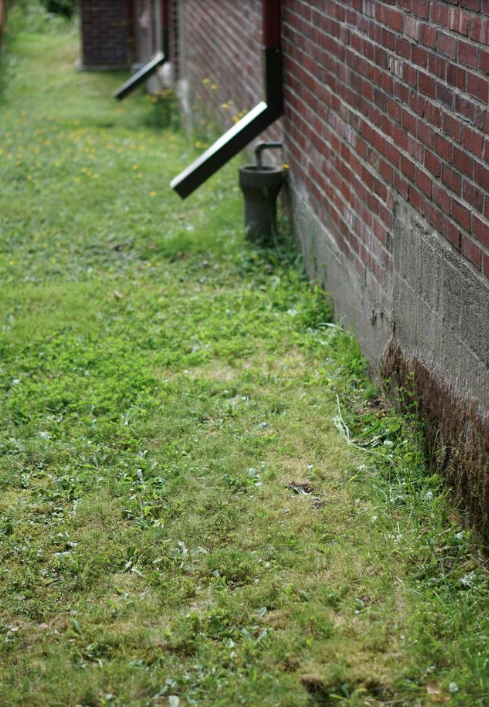
6. Create A Rain Garden
Is there a low spot in your yard where rainwater tends to collect? Why not take advantage of it by creating a rain garden? A rain garden is simply a depressed area in the landscape that contains native flowers, shrubs, and perennials, and which has been designed to hold and soak in rainwater runoff. It isn’t really designed to solve the problem of water in your yard; it’s intended to turn it into something beautiful. The key to a successful rain garden is to choose the right type of plants that will flourish in a lot of water. Some examples of these types of plants include the cardinal flower, black-eyed Susan, swamp milkweed, and turtlehead plants.
Final Thoughts
A good place to start devising a plan is by sketching out your property and notating any problem areas so you can come up with the most viable solutions. With a bit of work and creativity on your part, improving the drainage system in your home is definitely an attainable goal.


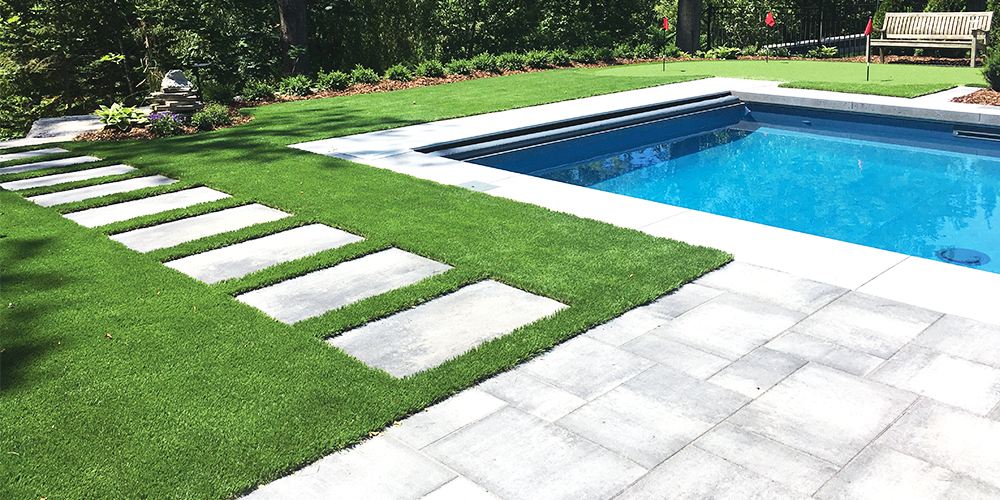

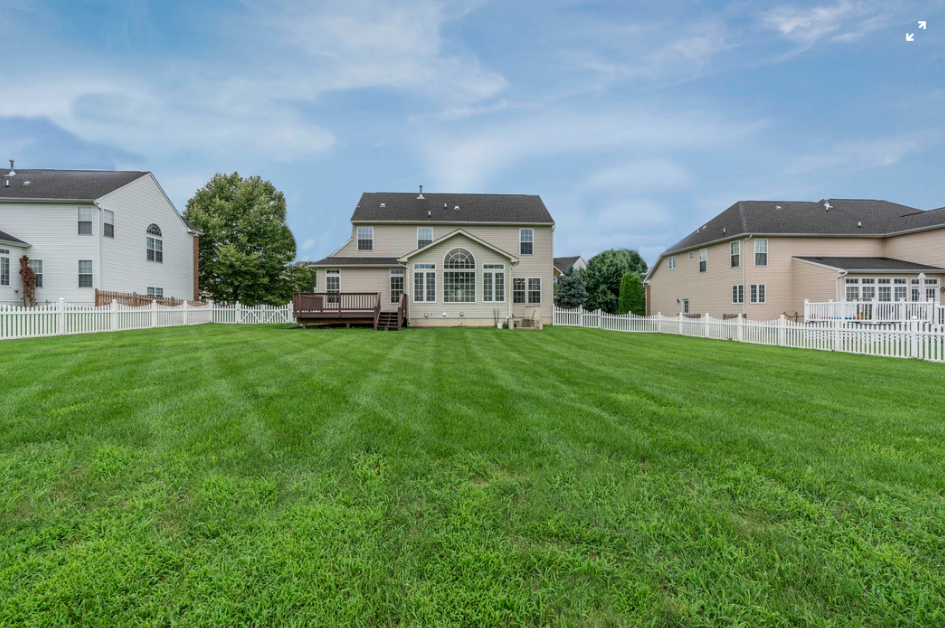


Leave a Comment